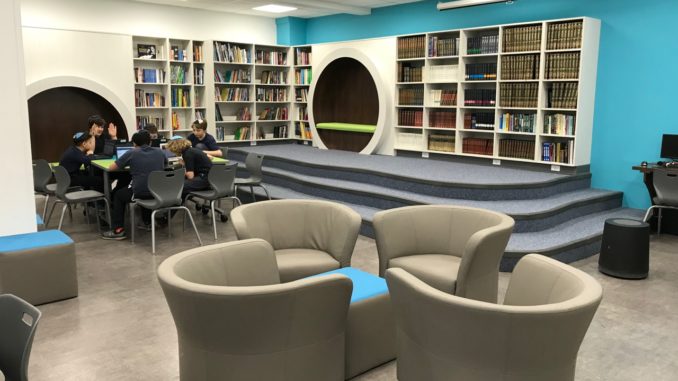
By Goldie Weiser, Heather Wilson & Anita Brooks Kirkland
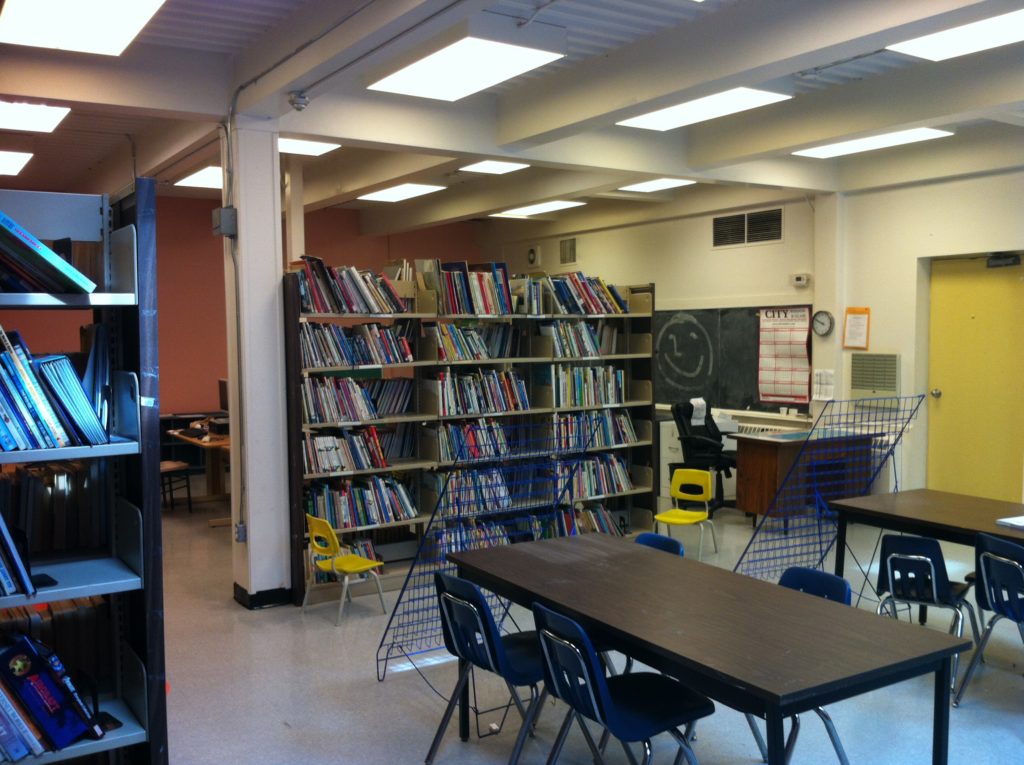
This is the story of how a school, inspired by the learning needs of its students, completely transformed its teaching approach and with it, the school’s library.
The transformation of the Library Learning Commons at the Hamilton Hebrew Academy took years of thought, passion and dreams and a tremendous amount of hard work and commitment. With this article we share our story from the various perspectives of the key players involved in bringing it to life and our hope is that it inspires you to look beyond what is to see what can be.
From the Perspective of Goldie Weiser, Teacher
It was the year 2014. The province of Ontario had just published its new Social Studies curriculum the year prior, and I was teaching grade six social studies and English in Hamilton. As I sifted through the new documents I had a eureka moment and the proverbial light bulb flashed to life in my mind’s eye. This was it! I had found the answer to the niggling question that had been bothering me since I began teaching seven years earlier.
How does one get their students engaged in learning curricula that simply do not interest them? I began my teaching career in the private school system in the U.S. teaching grade 5 social studies and English. I had always been passionate about history and I figured my enthusiasm combined with thought out, creative, lesson planning would be adequate to pique the interests of my students. I was wrong. For five years I tried to present the story of the Thirteen Colonies and the American Revolution in a fresh and dynamic way, but despite my best efforts, the outcomes remained the same. Out of a class of eighteen students I would have eight firmly engaged and ten checking in and out at various points.
What was I doing wrong?
When I relocated to Hamilton, Ontario in 2014, I was hired at the Hamilton Hebrew Academy, a private school located in the Westdale neighborhood. As I reviewed the curriculum documents to prepare for my new position as the grade 6 social studies teacher I found my answer; inquiry-based learning. I read through the documents and filled with enthusiasm (and fear of losing total control of my class) I did my best to craft my first inquiry-style project. After presenting it to my class, I was slightly disenchanted in the power of inquiry by my students reactions. While they enjoyed the project, it did not have the earth shattering effect I was expecting. So I tried again. And again. And again. And the number of students engaged slowly started shifting. My reluctant learners began engaging with their learning, intrigued by the limitless possibilities and directions they could take their thinking.
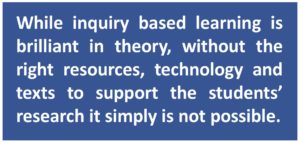 By the fall of 2015 I had come to the conclusion that while there were many obstacles to moving ones teaching toward inquiry based learning most were within my control and could be overcome. All except one looming brick wall which was beginning to feel insurmountable. While inquiry based learning is brilliant in theory, without the right resources, technology and texts to support the students’ research it simply is not possible.
By the fall of 2015 I had come to the conclusion that while there were many obstacles to moving ones teaching toward inquiry based learning most were within my control and could be overcome. All except one looming brick wall which was beginning to feel insurmountable. While inquiry based learning is brilliant in theory, without the right resources, technology and texts to support the students’ research it simply is not possible.
You see, while one may think that all private school cups runneth over with resources, this is not the case in the Hamilton Hebrew Academy. We are a faith based, Jewish day school, with a mandate that every Jewish child receive an education, regardless of whether they have the resources to pay tuition. And while our numbers grow each year, our finances are always extremely tight, and our library perfectly depicted that. A dingy, dark room, with a motley collection of books that had not been weeded since the year the school was founded, 1959. Our collection was built off of parent donations, whose titles were selected as the donors saw fit. With walls a grotesque shade of peach and our librarian working off of a typewriter, this dust filled room, with books with pages of various shades of white to aged brown, did not inspire. Nor did it have the books or resources to assist my students in finding the answers their inquiring minds were searching for.
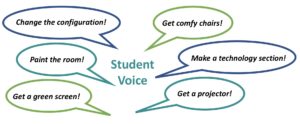
After letting this thought marinade in my mind for a few days I walked in one morning to my classroom and I posed the following questions to my students. What do you think about our library? Does it inspire you to read? If you could re-imagine it, what would you do? Answers bombarded me from all directions, “change the configuration”, “get comfy chairs”, “make a technology section”,”get a green screen”, “paint the room”, “get a projector!” Their enthusiasm was inspiring. I divided the class up into groups and we got planning. One group brainstormed fundraising opportunities, one group planned out their dream layout while another group worked on a proposal to bring to the principal. It was important to me that they dream big, but to also recognize that we are not in control of outcomes, only our efforts. We got our action plan together and brought it to our principal, Mrs. Joanne Macintosh, an inspired educator who believed in empowering children to reach their goals. She loved their enthusiasm and encouraged them to begin a fundraising campaign while she reached out to some contacts who could come in and teach my students more about what it takes to build a flourishing library.
During this process I was chatting with a colleague and sharing the ideas of my students with her. Through our conversation she dropped the word Library Learning Commons, a term with which I was not familiar, so like any good 21st century learner, I whipped out my phone and I googled it. Queue eureka moment number two! The solution to bulldozing my brick wall. That night my husband and children had no mother as she was too busy scouring the internet for everything she could find on Library Learning Commons. I found a number of videos on YouTube that thoroughly explained the concept, but one that was published by BC libraries really clarified the concept for me.
Dreams for what could be for our school began take shape in my mind and I knew it was time for me to approach the one who could make these dreams become reality, our Dean, Rabbi Daniel Green. I got to work creating a Powerpoint presentation that explained why I believed we needed a library learning commons at the Hamilton Hebrew Academy. It was amateur to say the least, however, by the grace of God, it did the job. After the presentation, Rabbi Green looked at me and said, “I believe this idea has the power to transform our school.” He had no idea, at the time, how prophetic his words would be. Rabbi Green called in his wife, Tova Green, who coordinates all things related to building improvements, and showed her the slide show. While she wasn’t completely convinced of the idea, she was willing to move forward with the project and she began researching Library Learning Commons and how to build them. She told me that with each search she conducted all roads ended with the same name, Anita Brooks Kirkland. She reached out to Anita and a few weeks later, Anita walked through our school doors and got her first look at our library.
From the Perspective of Anita Brooks Kirkland, Consultant
So often in my career great opportunities have seemed to drop out of the sky. Such was the case when I received an email from Tova Green, Events and Facilities Coordinator at the Hamilton Hebrew Academy. Tova invited me to visit the school and meet with a group that included her, Goldie Weiser, and school leaders to discuss learning commons thinking and the role of the school library. And so began this most rewarding journey of helping the school realize the vision of learning driven by inquiry with the library as the hub.
A visit to the existing library was, of course, part of that initial visit. It became immediately apparent why Goldie had initially had some difficulty selling the learning commons vision. I could also see that as it was, the library did little to inspire learning. The picture book collection, such as it was, extended to the highest shelves, out of reach for young learners. The main space was crowded and uninviting. The already small space was divided down the centre by tall shelving. The area to the rear had a small lab of aging desktop computers. Much of the space was used for storage. As I have discovered with so many school libraries, all manner of materials, files and AV equipment are sent to the library to die, and this was certainly the case here.
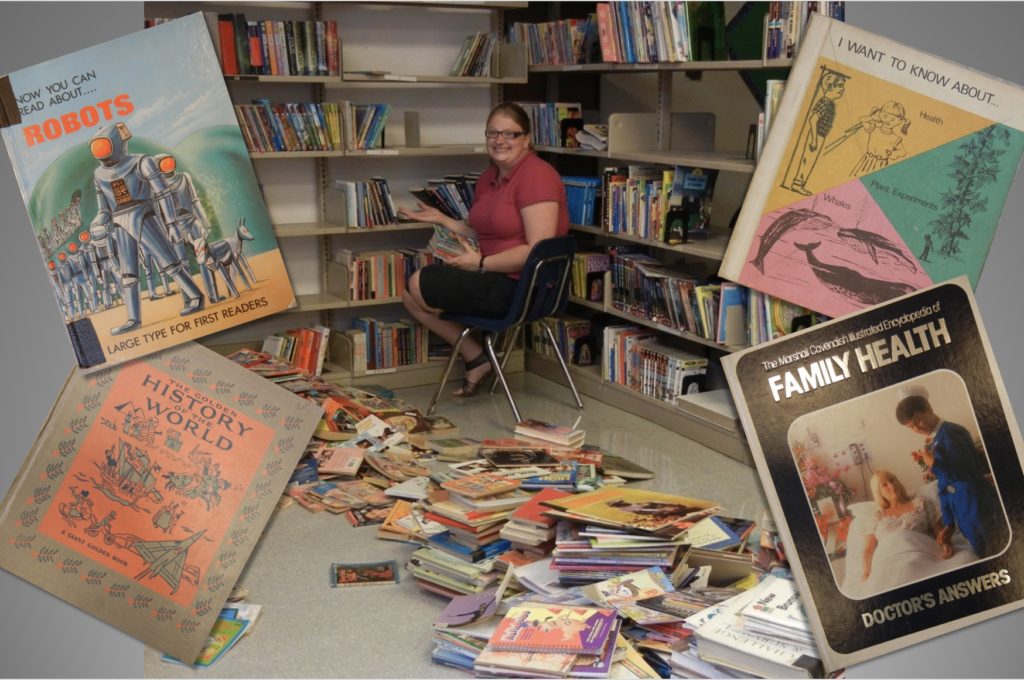
Driven by donations, there was no cohesion to the overall collection. There were big gaps in non-fiction in terms of curriculum support, and what was there was outdated and uninspiring. The school had no subscription virtual resources that might have gone some way to remediating the weaknesses of the print non-fiction collection. The picture book collection was dominated by commercial content – television characters and movie princesses abounded. Fiction fared a bit better on the whole, but was inconsistent for supporting the interests of the range of readers in the school.
If I only had the state of the actual library to go on, I might have felt the situation quite hopeless. But this was the Hamilton Hebrew Academy, which I quickly learned was a school driven by community, dedicated to providing the best education possible, and most importantly to me, with a teaching culture that was open to innovation. It is that culture that drove the success of this whole transformation. The re-invention of the library was inspired by educators realizing its potential for supporting inquiry and discovery learning: contexts that were already an increasingly important part of the school’s approach.
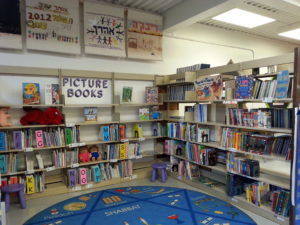
If passion could realize a vision, the school would not have needed me! My role was to connect ideas about inquiry learning to the concept of a learning commons, where creativity and collaboration frame learning, where student voice and choice are honoured, and where students learn how to make informed and critical choices about information and media through authentic learning experiences and with expert learning advice. I was also able to offer very practical advice about processes and resources, based on my experience as the consultant for K-12 libraries with the Waterloo Region District School Board, where I was involved in the design process for seventeen new school libraries and fourteen renovated library spaces. I was able to connect the school to the broader network of associations and vendors that support all aspects of learning programs, resource collections and facilities. When the conversation turned to the school’s technology infrastructure and the potential of using mobile technologies, I invited Susan Watt, the former technology resource teacher from my school district, to a meeting at the school. Susan’s expertise, practical advice and passion proved to be very convincing.
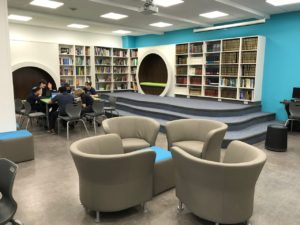
A supportive school culture was not a challenge at all at this school. My job was to introduce ideas that would help to sustain the effort. Beyond the potential of the space for fostering learning, I pushed for a shift to professional and planned collection development, exploring the potential of the virtual library, and shifting to an educator run facility and program. In the beginning I was able to help with the transformation of the existing space. I have fond memories of a wonderful summer weeding party and seeing the teachers who were involved gain insight into the process. As the project progressed I was there to explore ideas and make practical connections.
Aside from the physical changes to the space and refreshing the collection, there was growing understanding of the value of instructional leadership in the library learning commons. The school supported one its teachers in pursuing her additional qualifications in teacher-librarianship. The library, once staffed by volunteers, now has a teacher-librarian at the helm, working with fellow teachers, students, school leaders and the community in putting the school library learning commons at the centre of learning. Hamilton Hebrew Academy’s approach epitomizes the power of the learning commons team described in the Moving Forward section of Leading Learning: Standards of Practice for School Library Learning Commons in Canada.
This has been an extremely rewarding experience. When change in the library is driven by the learning needs of the school and the inspiration of its teachers and students, then the sky is the limit. Any ideas that I have helped with have taken off when put in the hands of everyone at Hamilton Hebrew Academy, and it has been my great pleasure to be involved in this transformation.
From the Perspective of Heather Wilson, Teacher-Librarian
It is hard to believe that I am now in my third year as the teacher-librarian at the Hamilton Hebrew Academy. The past few years have seemed like a whirlwind of progress, change, and innovation. I had my first taste of librarianship, when, in the spring of 2015 our librarian of thirty plus years fell ill and I took over her duties in the library for a time. Despite only being in the role for a few weeks, I attempted to make it my own. I took the opportunity to breathe some life into what had become a dark and crowded room of books and computers that worked it seemed when they felt like it. I was amazed to see the impact of some added posters on the walls and providing short activities for the students to do during library time, had on the students perspectives on the library.
A few months later, I was sitting in the principal’s office being asked if I wanted to take over the job of librarian. My head instantly began to reel, thinking of the vast opportunities to enhance the experience of visiting the HHA library. That summer, along with my own research and dreaming, I completed the Teacher-Librarian Part 1 Additional Qualification through York University. Armed with new knowledge of the Library Learning Commons approach and inquiry-based learning, I set out to change the world it seemed. STOP. Before I could even think about such things, we just needed to do something about that room, and the vast amount of books that had amassed over the years without much weeding. Goldie, Anita, and I had quite a day in late July removing books from the shelves, left, right and center. I remember thinking, “Can we really get rid of all of these books?”. I now understand the answer is a resounding YES. Quality over quantity is the key.
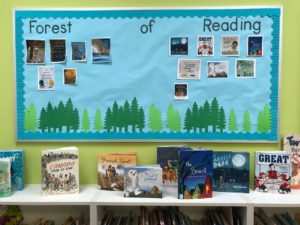
That first year was a year of great change in the library. It was at this time that I vividly remember spending many sleepless nights and hours questioning where to begin? How can I breathe life back into this room? How can I make this relevant to the students? How much has to change? What has to change? The physical environment was changed as some sections were moved around to better facilitate flow, and we added a much needed carpet for story time. I jumped right into the Forest of Reading Blue Spruce program with JK-Grade 2, and provided short activities for the older classes to complete when they visited. I, as well as many teachers, began noticing a shift in many of our students. They began to see the library as more than a room they went to once a week where they must choose and read a book in silence. Instead, they were picking up new books (as we were continually trying to add more), rediscovering old and new series alike, and expressing their creativity through activities and special events throughout the year. I quickly realized that even the smallest changes made an immense impact.
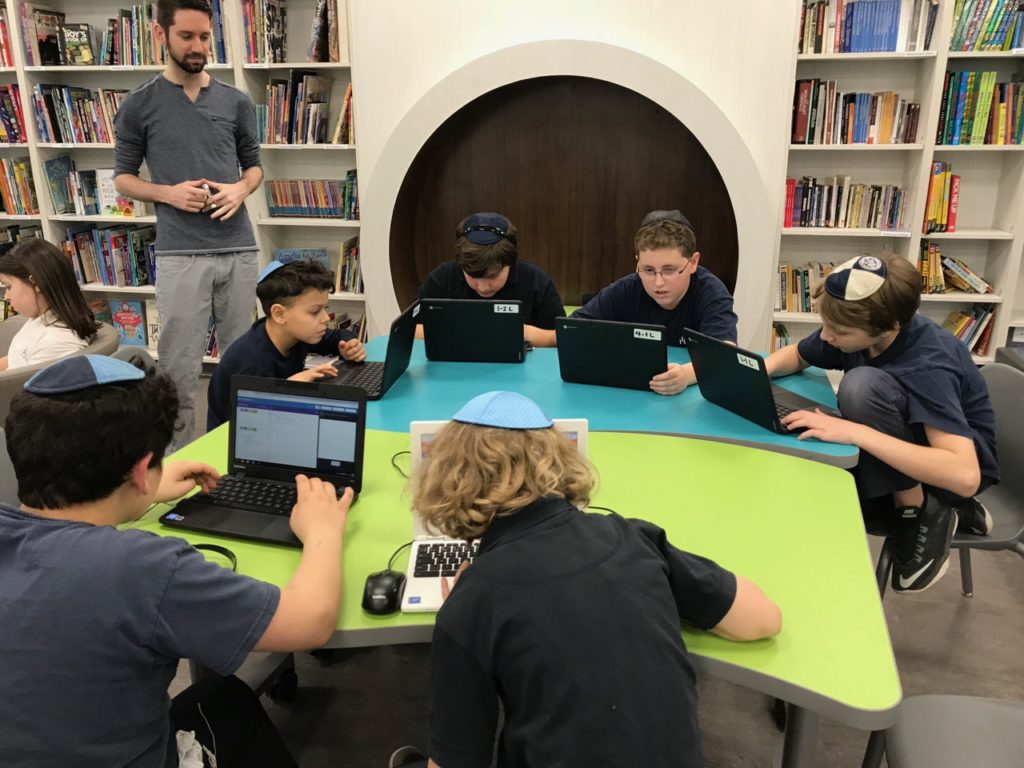
Over the past year the physical space has undergone a drastic change. Rumors of what the space might look like were floating around for months. Plans were drawn, contractors hired, and then we waited. Well, we didn’t wait idly for very long. June 2017 was the time for what I coined the “library packingpalooza.” Students, teachers, volunteers were all busy packing up the various library materials. The last day of school came and about one hundred boxes and empty shelves were all that was left in the library. Much preliminary work was done over the summer months, and once school started this past September it was evident that we were well, on our way to a new space. Students, staff, and parents alike, all waited with anticipation as the build went on. Late fall brought about the challenging but exciting task of unpacking the boxes and beginning to set up the library. Again, our students pitched right in. Goldie and I agonized over the placements of the sections and many books moved on, and off, and on the shelves again until we were satisfied. Students were finally able to begin checking out books at the end of December for Winter Break, with our new space being officially open to students beginning in January.
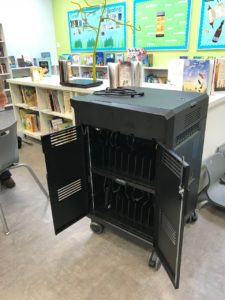
What is happening in our library now?
On any given day you will see various things happening in the HHA Library Learning Commons. During library periods, our new arm chairs are seen dripping with students reading, feet up on the ottomans. Students may be busily working away typing essays and book reports, or researching on our new Chromebooks. Wednesdays bring coding club at lunch and film club after school. We have already been able to host several events in our new space, including two literary nights, an open house,and a kindergarten presentation. It feels like a whole new space from where we started. What used to be a large room full of ceiling- high shelves filled to the brim with books, is now a bright, colourful open space with quality books, movable and functional furniture, and plenty of work space.
Student Impact
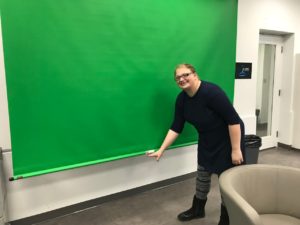
I have to say one of the biggest changes I have seen over the last few years, is the impact that this transformation has had on our students. After all, they are who we are all here for.
I’ve had the great joy of watching students, boys especially, transformed from uninterested, apathetic browsers, to engaged and enthusiastic readers. One boy in particular, who never liked to read anything, found himself drawn to a display of Harry Potter books that I set up two years ago. Once he got into the first book, it seemed he could not put them down until he was finished. Week after week, he would come to the library, ready to tell me where he had read up to and asking many questions to which my only answer was, “keep reading!”. He is now in grade six and loves to read.
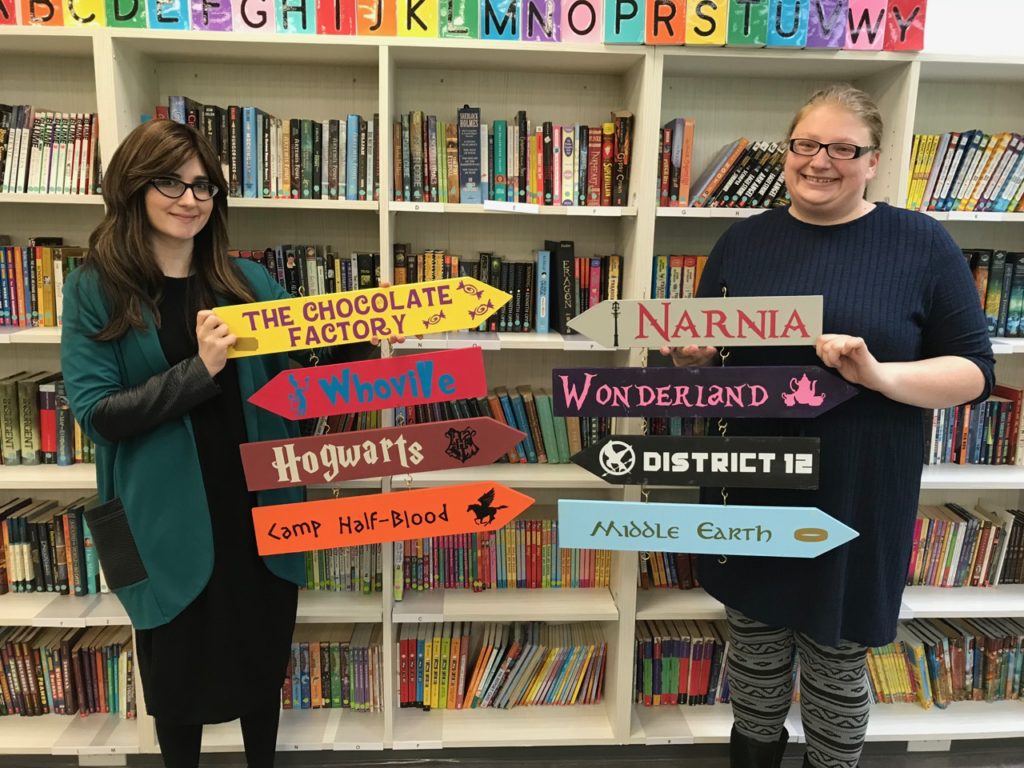
Response from parents has been nothing but positive. We have heard countless accounts of our students going home to tell their families how much they are loving the new library, even in our earliest phases. Many parents have commented that their children seem to be more engaged in reading. Despite many factors, I’d like to hope that the shift in the library has helped with that. Today the students are eager to come to library, and reluctant to leave. Some days, the classroom teachers and I are seen to be peeling students away from the chairs and their books when library class ends. Albeit frustrating as a teacher, it really is a great sight to behold.
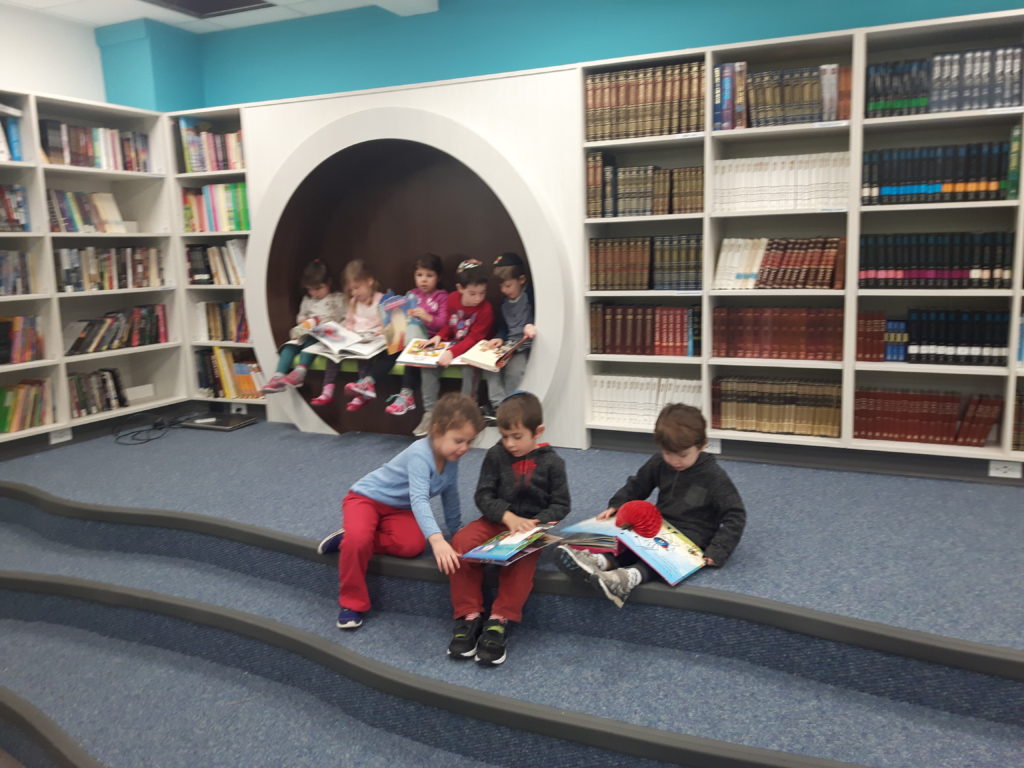 | 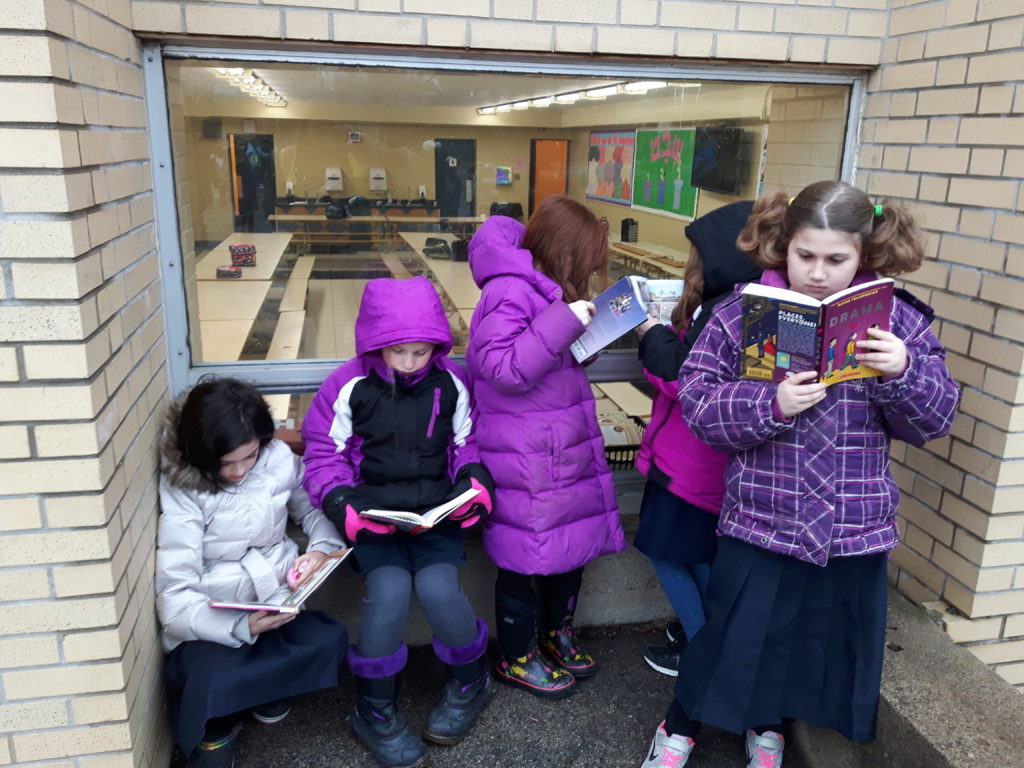 |
Start the Shift!
The story of the library learning commons transformation at Hamilton Hebrew Academy is the story of change driven by the needs of the learners and the innovative practices of teachers. When understood from this perspective, the capacity of the learning commons is limitless. We hope that our story inspires you to start the shift at your school!
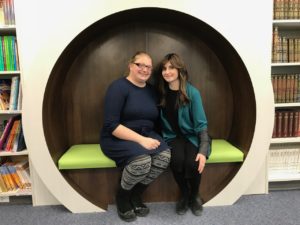
Goldie Weiser is a grade 6 and 7 English, history and geography teacher with a masters in Jewish Education who teaches in the private school system in Ontario. For over a decade she has been passionate about helping her students become life long learners and lovers of quality literature. She has found inquiry based learning to be the key to fostering these pursuits and identifies the library learning commons as the ideal setting for faciiltating this process of growth and discovery.
As a student Heather Wilson loved visiting the school library. Now she proudly serves as teacher-librarian at the Hamilton Hebrew Academy. She has taught in various capacities for the past eight years, working with children birth to grade 8. Heather strongly encourages reading engagement and the love of reading in her students. She continues to develop and implement innovative and engaging programs in the library to catch and keep student attention and promotes the library learning commons as a hub for student learning.
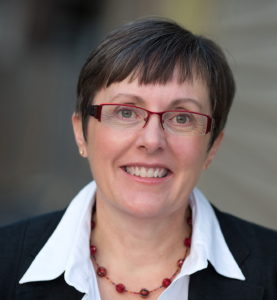 As a writer, presenter and consultant, Anita Brooks Kirkland specializes in the areas of information and digital literacy and the role of the school library learning commons. She draws on her extensive experience as a teacher educator, both as an instructor in teacher-librarianship for the Ontario Institute for Studies in Education (OISE), University of Toronto, and in her previous role as the Consultant for K-12 Libraries at the Waterloo Region District School Board. Anita was a contributing writer to Together for Learning, Ontario’s guideline document for the school library learning commons. Anita is very active in professional organizations, currently serving as chair of Canadian School Libraries. She was the 2014 president of the Ontario Library Association, and has also served as president of the Ontario School Library Association (2005) and co-chaired The Association of Library Consultants and Coordinators of Ontario (2011-13). Anita shares an extensive collection of program resources, articles, and presentations on her website and blog, www.bythebrooks.ca.
As a writer, presenter and consultant, Anita Brooks Kirkland specializes in the areas of information and digital literacy and the role of the school library learning commons. She draws on her extensive experience as a teacher educator, both as an instructor in teacher-librarianship for the Ontario Institute for Studies in Education (OISE), University of Toronto, and in her previous role as the Consultant for K-12 Libraries at the Waterloo Region District School Board. Anita was a contributing writer to Together for Learning, Ontario’s guideline document for the school library learning commons. Anita is very active in professional organizations, currently serving as chair of Canadian School Libraries. She was the 2014 president of the Ontario Library Association, and has also served as president of the Ontario School Library Association (2005) and co-chaired The Association of Library Consultants and Coordinators of Ontario (2011-13). Anita shares an extensive collection of program resources, articles, and presentations on her website and blog, www.bythebrooks.ca.